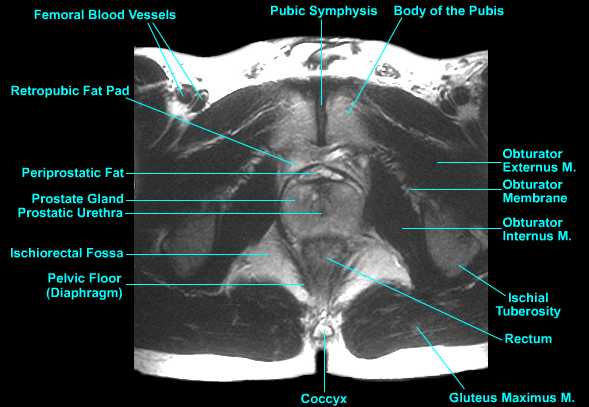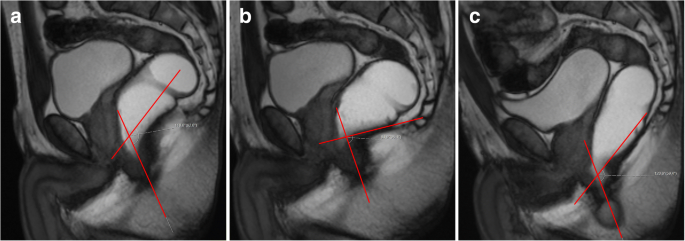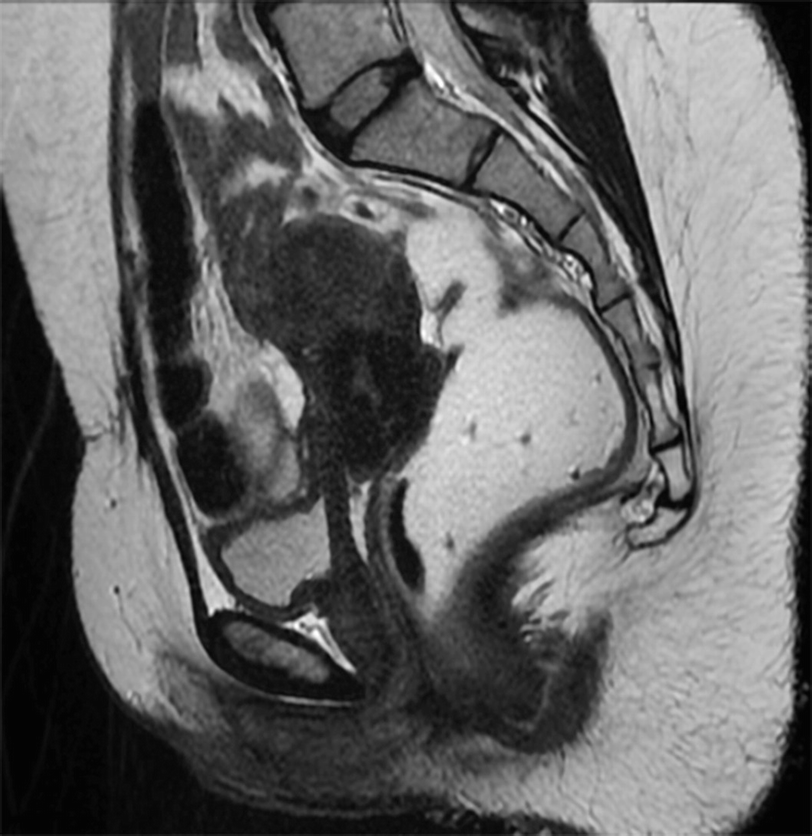Dynamic pelvic floor magnetic resonance imaging mri is a noninvasive test that uses a powerful magnetic field radio waves and a computer to produce detailed pictures of the pelvic floor a network of muscles that stretches between the pubic bone and spine and the abdominal organs it supports.
Pelvic floor mri protocol.
A dedicated mri protocol is crucial for accurate mri evaluation of endometrial carcinomas.
Studies have shown that dynamic pelvic mri is more sensitive than physical examination making it the gold standard for diagnosing pelvic floor disorders.
Imaging is optimally performed after 3 hours of fasting to reduce bowel peristalsis and following administration of an antiperistaltic agent unless contraindicated.
Dynamic pelvic mr allows radiologists to directly see detailed images of the anatomy of the pelvic floor structures which allows analysis of anatomy and function.
For dynamic mri of the pelvic floor use steady state imaging sequences.
An appropriate angle must be given in the axial plane parallel to the right and left hip joint.
For all pelvic mri studies except the bladder protocol or the mr urogram.
Endometrial carcinoma dr mostafa el feky and dr laura fender et al.
The patient is asked to defecate while on the mr scanner table and then asked to go to the toilet to completely empty the urinary bladder rectum or rectocele.
Interpretation of mri findings the level of the pelvic floor on dynamic mri can be demarcated radiologically on the midsagittal image using the pubococcygeal line as described by yang et al.
Angle the position block parallel to the lumbar spine.
Functional disorders of the pelvic floor such as pelvic organ prolapse and defecatory dysfunction represent a common health problem especially in women it is estimated that more than 15 of multiparous women 1 are affected by some sort of pelvic disorder and that 10 20 of patients seek medical care in gastrointestinal clinics for evacuation dysfunction 2.
Suggested protocol for dynamic mri of pelvic floor dysfunction.
Please have the patient void their bladder prior to exam to improve image quality.
If the examination is focused on the posterior compartment then rectal contrast can be considered.
A pelvic mri scan specifically helps your doctor to see the bones organs blood vessels and other tissues in your pelvic region the area between your hips that holds your reproductive organs and.
Plan the big fov coronal slices on the sagittal plane.
Slices must be sufficient to cover the para aortic area from mid abdomen to the sacrum.
Check the positioning block in the other two planes.




























